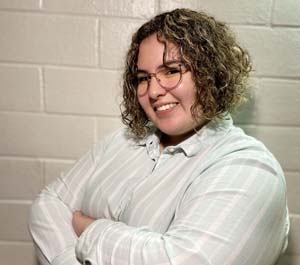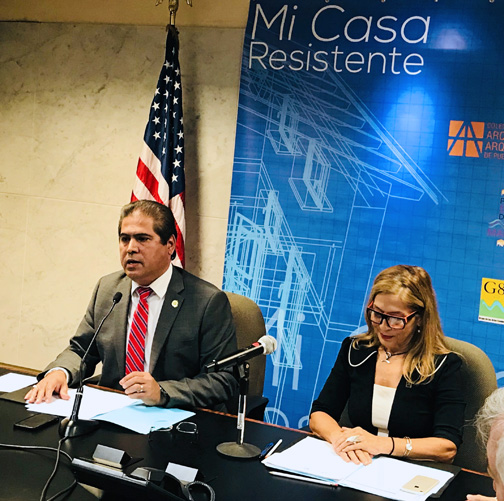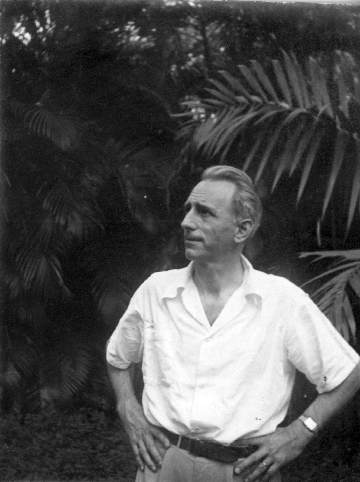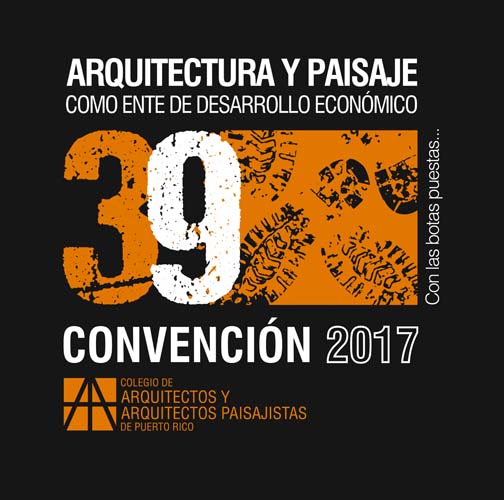Professional groups deliver 2 homes under the ‘Mi Casa Resistente’ project

The College of Engineers and Land Surveyors, in collaboration with several partners, delivered the keys of two of their houses built under the “Mi Casa Resistente” (“My Resistant Home”) project, at a cost of $95,000 each.
The trade group known as the CIAPR in Spanish, worked with the College of Architects and Landscape Architects, the G-8: Group of the Eight Communities around the Martín Peña Channel, the Martín Peña ENLACE Project, and the Martín Peña Land Trust, to deliver the homes.
The investment in each house includes the structure, a water tank, an emergency solar-powered plant and a structural insulated concrete roof to keep it cool. The money also covered the modifications needed to build the home, including removing faulty terrain and filling it with a new foundation, as well as lifting the house, given that the area is flood-prone.
“If the foundation were in good shape, or the family’s land were stable, and no modification had to be made to it, a house like this would normally cost about $75,000,” said Engineer Yamil Castillo, chairman of the CIAPR Foundation.
The investment for these two houses was fully paid by donations made by Unidos por Puerto Rico, the Institute of Environmental Engineers, engineers who contributed through a fundraising campaign for the project, and lastly, the Institute of Transportation, which donated $1,000.
The furniture was donated so none of the families had to pay for anything, executives said.
The idea of the project — which was the brainchild of CIAPR’s former President Pablo Vázquez-Ruiz — is to build resistant and sustainable houses for low-income families that can stand up to an atmospheric phenomenon, such as a hurricane or an earthquake.
The houses were built with the design models of a team headed by architect Fernando Abruña, which have a collection system for up to 600 gallons of rainwater, compost toilets and emergency plants powered by solar energy. This construction began in 2018, and the homes are serving as models for future houses to be built the same way.
“This has been a complex process we did not expect when we started, and this road full of challenges makes us realize more clearly, the importance of establishing collaborative alliances with the same vision of sustainable construction, and not improvised,” said Castillo.
“We’re happy to deliver these first properties, hoping that future constructions in the Martín Peña Channel follow this sustainable model,” said Castillo.
The group currently has a third house under construction, which will be paid by the Martín Peña Land Trust. This house should be completed by the end of the summer, although the developers are waiting for the contractor’s response on that. The group hopes to keep the project going and expanding.
“The CIAPR’s mission with this project is to implement it and keep constructing houses on different sectors throughout Puerto Rico, with the goal of helping families with low incomes. Having in mind that each solar project should be supervised by the engineers involved,” Castillo said.
“And we hope to eventually work with the municipalities and their mayors, who should have land available, and with the associations who help repair houses after hurricane Maria and the past earthquakes,” concluded Castillo.










